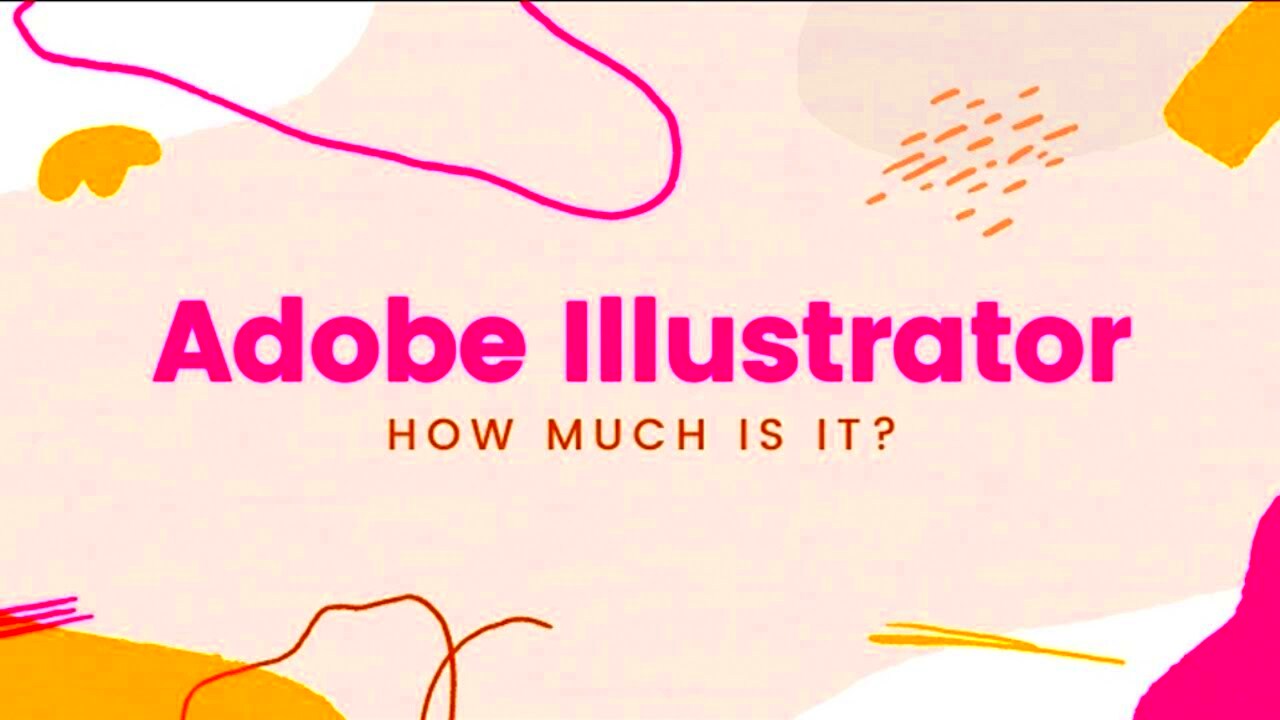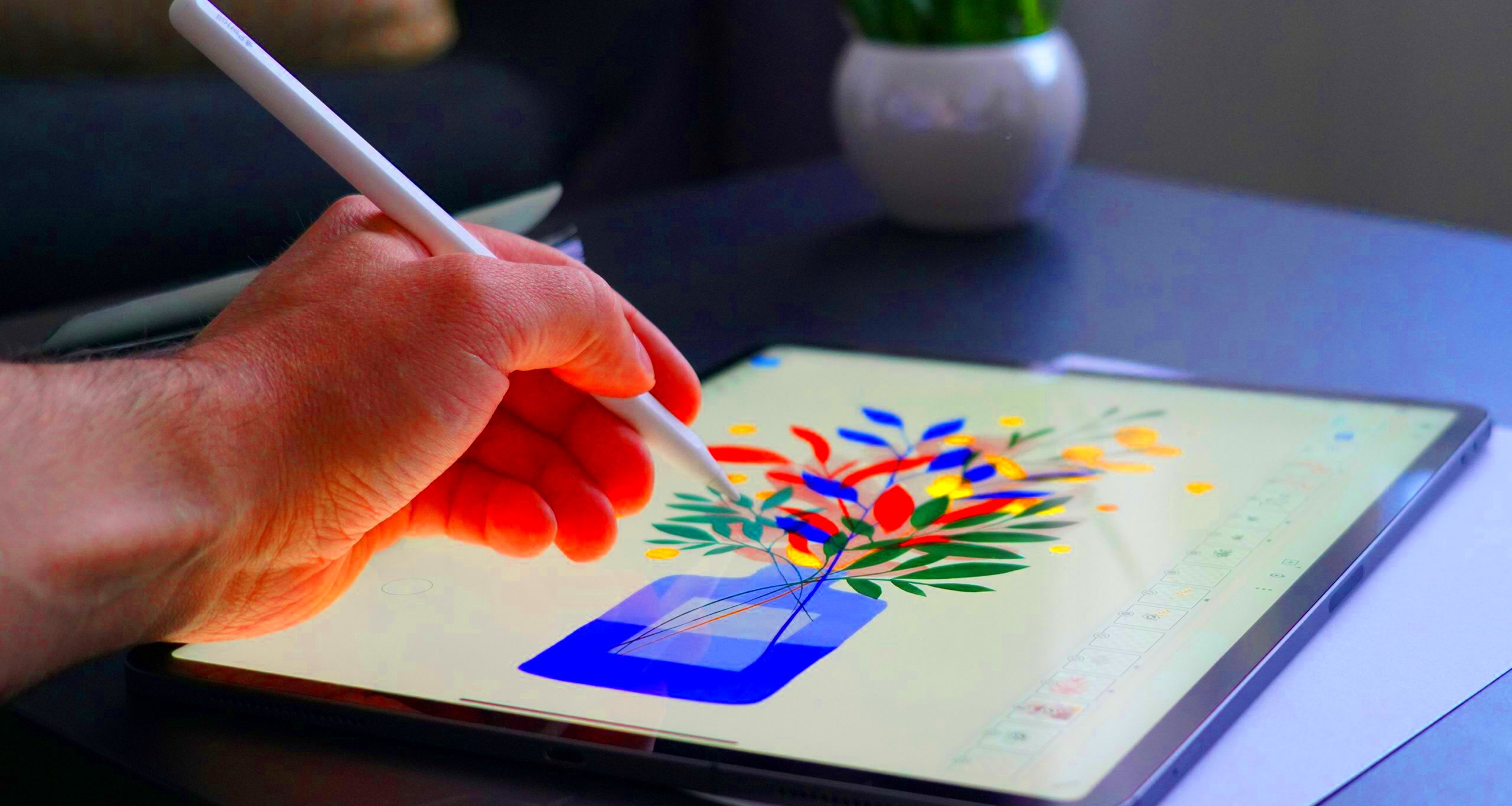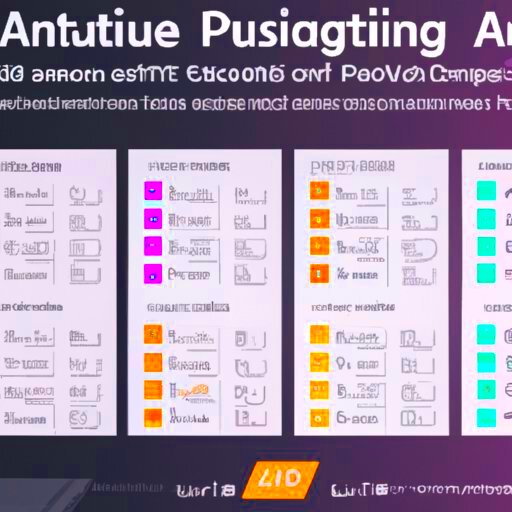Understanding how much illustrators charge for their work can be confusing, especially if you’re new to the industry. Rates vary widely depending on several factors, including the type of illustration, the experience of the illustrator, and the scope of the project. This article will help you navigate the world of illustrator pricing, breaking down key elements that influence rates and explaining common pricing models used by professionals. Whether you’re a business looking to hire an illustrator or someone curious about the costs involved, this guide will provide useful insights.
Factors Influencing Illustrator Rates

Illustrators don’t just pull prices out of thin air—they consider various factors before deciding on a rate. Understanding these factors can help you make more informed decisions when hiring an illustrator or setting your own rates if you’re a freelance artist. Here are the most common factors that influence illustrator rates:
- Experience and Skill Level: Highly experienced illustrators with a strong portfolio tend to charge more than beginners or those still building their career.
- Project Complexity: A detailed, intricate illustration will naturally cost more than a simple sketch or icon.
- Usage Rights: The rights you need for the image (e.g., exclusive rights or commercial use) can significantly impact the price.
- Turnaround Time: Urgent projects that require quick delivery might come with a rush fee.
- Size and Detail: Larger illustrations or those requiring high levels of detail will generally cost more due to the extra time and effort involved.
- Medium Used: Traditional hand-drawn art may be priced differently from digital illustrations because of materials and time invested.
Also Read This: Top Platforms to Help You Earn as Much Money as iStock
Different Pricing Models Used by Illustrators

Illustrators typically use different pricing models depending on the type of work, the client's needs, and the project scope. Understanding these models can help you determine which one works best for your project or business. Below are the most common pricing models used by illustrators:
- Per-Image Rate: This model charges a fixed fee for each individual illustration. It's often used for smaller projects, such as illustrations for articles or book covers. The rate can vary based on complexity, usage, and licensing.
- Hourly Rate: Some illustrators charge by the hour, especially for projects that are less defined or may change in scope. This model works well for custom work where the number of hours required isn’t predictable upfront.
- Project-Based Rate: In this model, the illustrator charges a fixed price for the entire project, regardless of the time spent. This is common for larger projects like creating a series of illustrations or designing a full campaign.
- Royalty-Based Pricing: For projects where the illustration will be used extensively, such as in merchandising or advertising, illustrators may charge a lower upfront fee but receive royalties based on how the image is used or sold.
- Retainer Fee: Some clients prefer to pay an illustrator a fixed amount on a regular basis (monthly or quarterly) for ongoing work. This arrangement ensures that the illustrator is available when needed.
Also Read This: Essential Video Editing Software Used by YouTubers
How to Determine the Cost of an Illustration
Determining the cost of an illustration isn’t always straightforward. Several factors come into play that can affect the final price. Whether you’re an illustrator setting your own rates or a client looking to hire one, understanding these factors is key. Here’s how you can figure out what an illustration might cost:
- Assess the Scope of the Project: The first thing to consider is the complexity of the project. A simple logo or icon will cost less than a detailed illustration with intricate backgrounds, textures, or multiple characters.
- Consider the Usage Rights: How the illustration will be used greatly impacts its price. A piece used for a book cover or in a commercial ad will cost more than one used in a personal blog post or non-commercial website.
- Account for Artist Experience: An experienced artist with a strong portfolio will likely charge more than someone just starting out. Their established reputation and expertise justify a higher price.
- Review Turnaround Time: If you need the illustration completed quickly, many artists will charge a rush fee for expedited work. Keep in mind that urgent requests can also affect the quality or level of detail.
- Size and Medium: The size of the illustration, as well as whether it's hand-drawn or digital, will also affect the price. Traditional art often involves more time and material costs, which may be reflected in the price.
Once all these factors are considered, the illustrator will usually provide an estimate based on their hourly rate, per-image pricing, or a fixed project rate. Clear communication from both parties helps ensure that everyone is on the same page about pricing expectations.
Also Read This: How to Change the Pitch of a YouTube Video
Hourly Rates vs. Per-Image Pricing
When it comes to pricing, illustrators typically use one of two approaches: hourly rates or per-image pricing. Both have their advantages and can suit different types of projects. Here’s a closer look at both models:
Hourly Rates
Hourly rates are ideal for projects where the scope is uncertain or where the work is ongoing, like custom illustrations for a website or a social media campaign. The artist charges based on the time spent on the project, and the final cost is calculated by multiplying the hours worked by the hourly rate.
- Pros: Ideal for projects with unclear or changing requirements.
- Cons: Costs can increase if the project takes longer than expected, which might be frustrating for clients who prefer a set price.
Per-Image Pricing
Per-image pricing is used when the deliverables are clearly defined. The illustrator provides a fixed price for each image, making it easier for clients to know exactly what they will pay up front. This pricing model is commonly used for one-off illustrations, logos, or book covers.
- Pros: Clients know exactly what they’re paying for, and the price won’t change once agreed upon.
- Cons: It might not work well for ongoing projects or projects with multiple revisions.
Which is Better?
Both pricing models have their merits, but the best choice depends on the specific needs of the project. For smaller, well-defined tasks, per-image pricing works best. For larger, flexible projects, hourly rates provide more transparency and adaptability. If you’re unsure which model to choose, discuss the scope of the project with the illustrator to find the best fit.
Also Read This: Exclusive vs. Non-Exclusive Contributor on Getty Images: Pros and Cons
Common Price Ranges for Illustrators
Illustration prices can vary widely depending on the artist’s experience, the complexity of the project, and the type of usage required. While every illustrator sets their own rates, there are some common price ranges that you can expect for different types of work. Here’s a breakdown to give you an idea of what to expect when budgeting for an illustration:
| Type of Illustration | Price Range (USD) |
|---|---|
| Simple Logo | $150 - $1,500 |
| Book Cover Illustration | $500 - $5,000 |
| Editorial Illustration | $200 - $2,000 |
| Character Design | $300 - $3,000 |
| Children’s Book Illustration (per image) | $250 - $3,000 |
| Concept Art | $500 - $5,000 |
| Custom Illustration (per image) | $200 - $2,500 |
As seen in the table, prices for illustrations can range from just a few hundred dollars to several thousand. Factors like the experience of the artist, the complexity of the work, and the rights being granted will all contribute to the final price. For example, an experienced illustrator working on a detailed, high-profile project will charge more than a newer artist working on a simple illustration. Keep in mind that these ranges are estimates and can vary significantly based on the specific requirements of your project.
Also Read This: How to Export Lightroom Photos to Behance and Showcase Your Photography Work
How to Negotiate Rates with Illustrators
Negotiating rates with illustrators can be a delicate process, especially if you're unsure of what to expect. Whether you're hiring an illustrator for a one-off project or a larger ongoing job, the key to a successful negotiation is clear communication and mutual understanding. Here are some tips on how to approach the negotiation process:
- Know Your Budget: Before entering into negotiations, have a clear idea of your budget. This helps you communicate your expectations while also understanding the range of work you can afford.
- Discuss the Scope of Work: Be specific about the work you need. The more details you provide (such as the number of illustrations, their complexity, and the timeline), the easier it will be to determine a fair price.
- Understand the Artist’s Rates: Do some research on what illustrators typically charge for similar work. This will help you gauge whether the artist's rates are reasonable for the services you need.
- Be Open to Compromise: If the illustrator’s rates are higher than your budget, try negotiating on other terms, like a longer timeline or fewer revisions. Artists may be willing to adjust rates based on your specific needs.
- Clarify the Usage Rights: Make sure you agree on the usage rights for the illustration. If the illustration will be used commercially or in multiple places, expect to pay more than if it's for personal use only.
- Discuss Payment Terms: Determine how and when payment will be made—whether it's upfront, in installments, or upon completion. Clear payment terms prevent misunderstandings later on.
Remember, negotiation is about finding a fair deal that works for both parties. Be respectful and transparent about your expectations, and don't hesitate to ask questions or seek clarification if you're unsure about the terms.
Also Read This: Blurring Images in Paint: A Quick Guide
Why Illustration Pricing Can Vary
Illustration pricing is not set in stone, and the costs can fluctuate based on a range of factors. Each project is unique, and the illustrator's pricing reflects a variety of considerations. Here's why pricing can vary:
- Artist Experience: Experienced illustrators with a strong portfolio and high demand can command higher prices. Newer artists or those with less experience might charge lower rates to build their portfolio.
- Project Complexity: The level of detail, number of elements, and time involved in creating the artwork can significantly affect the price. For example, a simple sketch will likely cost less than a detailed, multi-character scene.
- Usage Rights and Licensing: If the illustration is intended for commercial use (e.g., advertising, merchandise), it will likely cost more than an illustration created for personal use or non-commercial purposes. Licensing agreements play a big role in this variation.
- Turnaround Time: The urgency of a project can influence the cost. If you need a quick turnaround, some illustrators may charge a rush fee to prioritize your project over others.
- Geographic Location: Illustrators in major cities or countries with a higher cost of living may charge more than those in smaller towns or countries with a lower cost of living.
- Medium and Materials: Traditional art may require more time and materials (such as paints, paper, or other supplies), which can add to the cost. Digital illustrations typically have fewer overheads but still vary based on complexity.
Ultimately, understanding these factors can help you understand why prices vary and guide you in setting or evaluating a fair price for illustration work.
Also Read This: Adobe Stock Images No Watermark: How to Use Them Legally
FAQ: Common Questions About Illustrator Rates
When it comes to hiring illustrators, many clients have similar questions about rates, pricing models, and payment terms. Here are answers to some of the most frequently asked questions about illustrator rates:
- What factors affect the price of an illustration?
The price is influenced by factors such as the complexity of the work, the artist's experience, the intended usage rights, the size and detail of the illustration, and the turnaround time required.
- How do illustrators charge for their work?
Illustrators typically charge either an hourly rate, a per-image fee, or a flat project rate. Some may also charge based on usage rights or offer royalties if the illustration is used commercially.
- Can I negotiate illustrator rates?
Yes, you can negotiate rates, but it's important to be respectful of the artist’s time and skill. If the quoted price is too high, you can discuss the scope of work, usage rights, and timeline to see if there's room for adjustment.
- What’s the average cost for a basic illustration?
The cost can range from $100 to $1,000 for a simple illustration. However, prices can vary greatly based on the factors mentioned earlier. It’s best to get a personalized quote based on your project details.
- Do illustrators charge more for commercial use?
Yes, commercial use typically costs more. This is because commercial rights allow the illustration to be used for marketing, branding, or product sales, which can lead to a wider reach and higher value.
- How can I ensure I get a fair price?
To ensure you’re paying a fair price, compare rates from different illustrators, understand the project scope clearly, and communicate openly about the budget, usage rights, and timelines.
These are just some common questions, and it’s always a good idea to ask the illustrator directly if you have any specific concerns. A clear, open conversation ensures a smooth collaboration and a fair price for both parties.
Conclusion: Understanding Illustrator Rates
Understanding illustrator rates is crucial whether you're hiring an artist for a project or setting your own rates as a freelancer. Illustration pricing is influenced by various factors, such as the artist's experience, the complexity of the work, usage rights, and project timelines. It’s important to have clear communication with the illustrator about your expectations and the scope of the work to ensure both parties are on the same page when it comes to pricing.
By considering elements like the type of illustration, the medium used, and how the artwork will be utilized, you can get a better idea of what a fair price should be. Whether you choose an hourly rate, per-image pricing, or project-based pricing, it’s essential to find the model that works best for your needs. In addition, always keep in mind that prices can vary depending on the market, geographic location, and the illustrator’s experience.
When negotiating rates, it’s important to be respectful and transparent. Make sure to discuss the full scope of work, usage rights, and payment terms before agreeing on a price. This helps avoid misunderstandings and ensures that both you and the illustrator are satisfied with the terms of the agreement.
In conclusion, understanding how and why illustration prices vary will help you make better decisions whether you are hiring an illustrator or pricing your own work. The key to successful collaborations is clear communication, fair pricing, and mutual respect for the creative process.

 admin
admin








